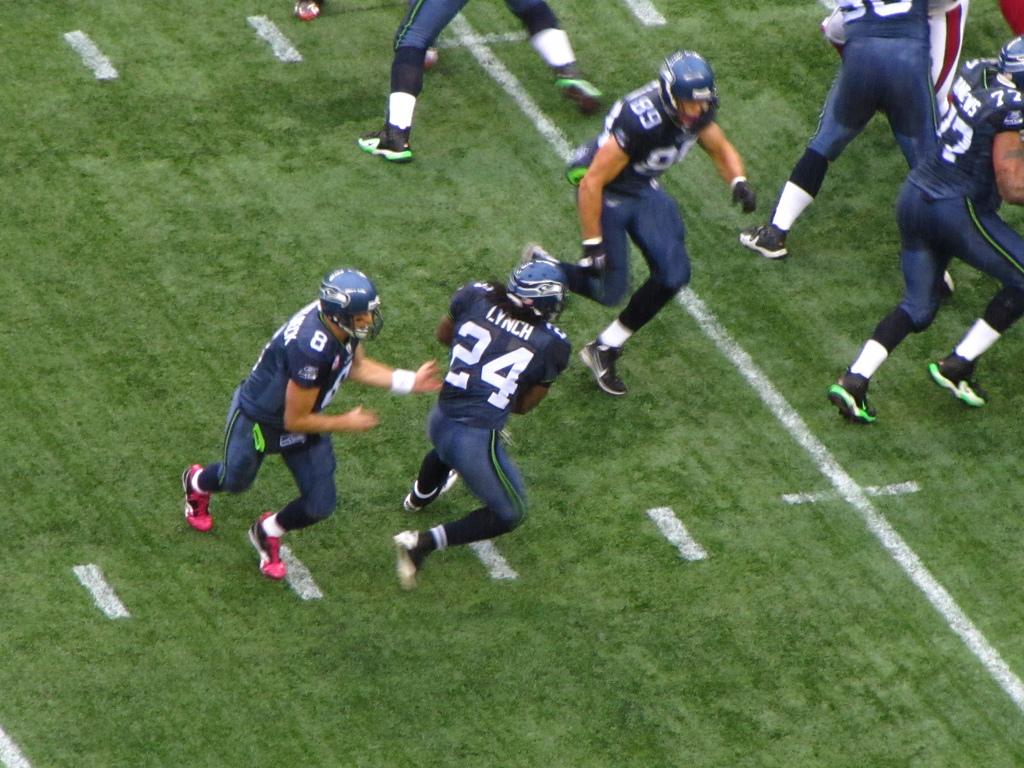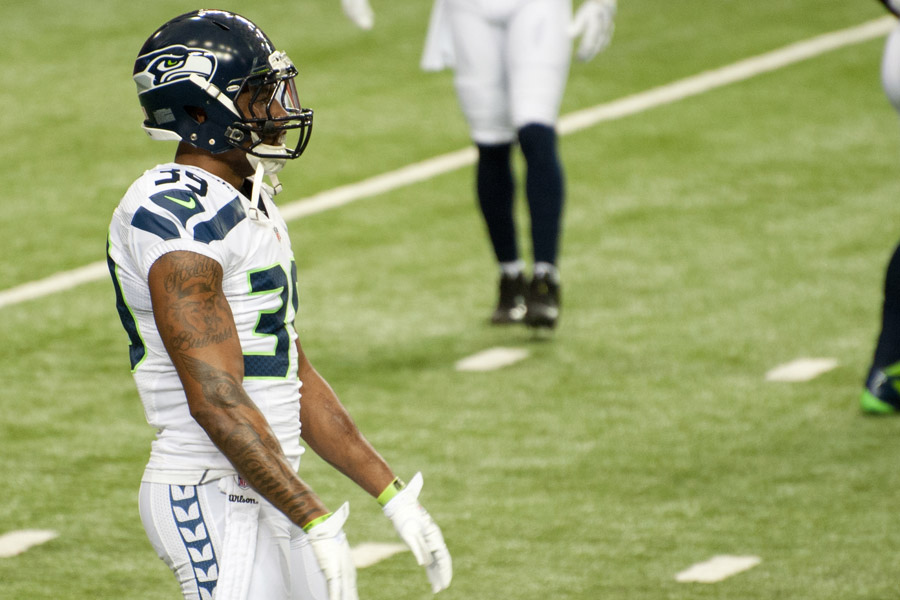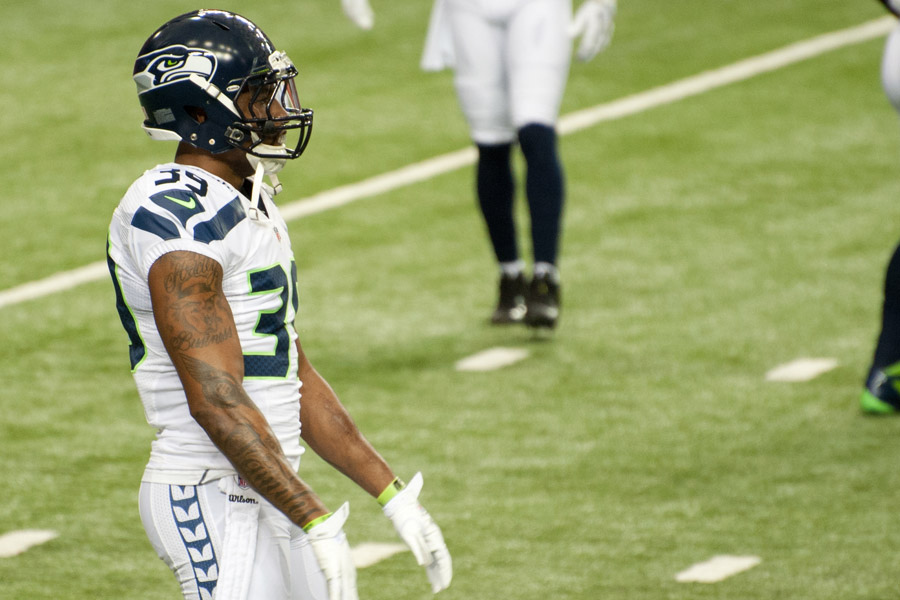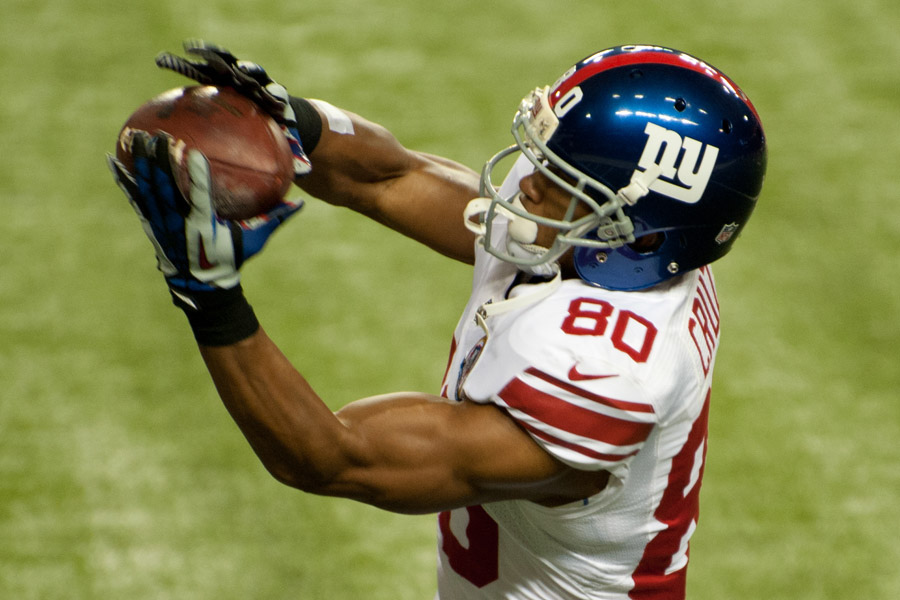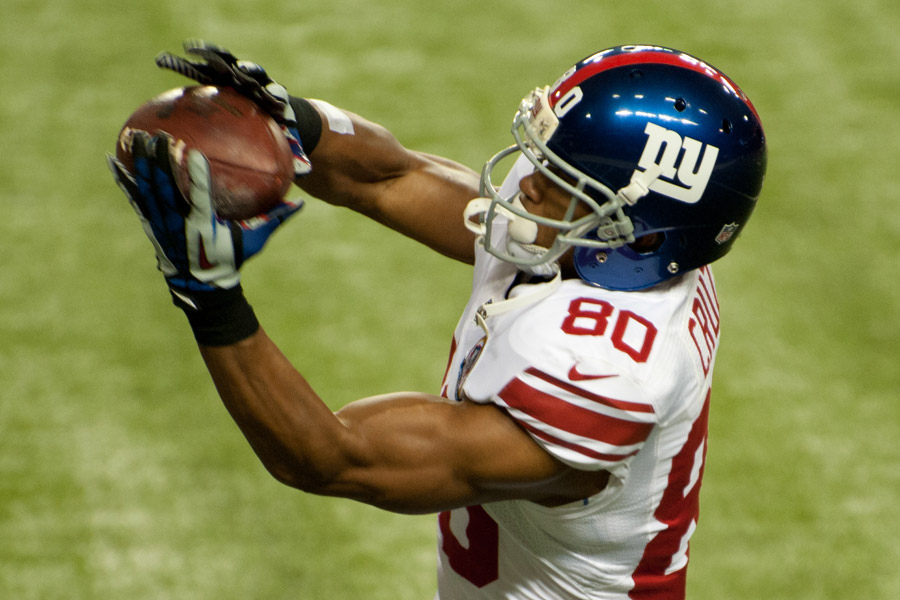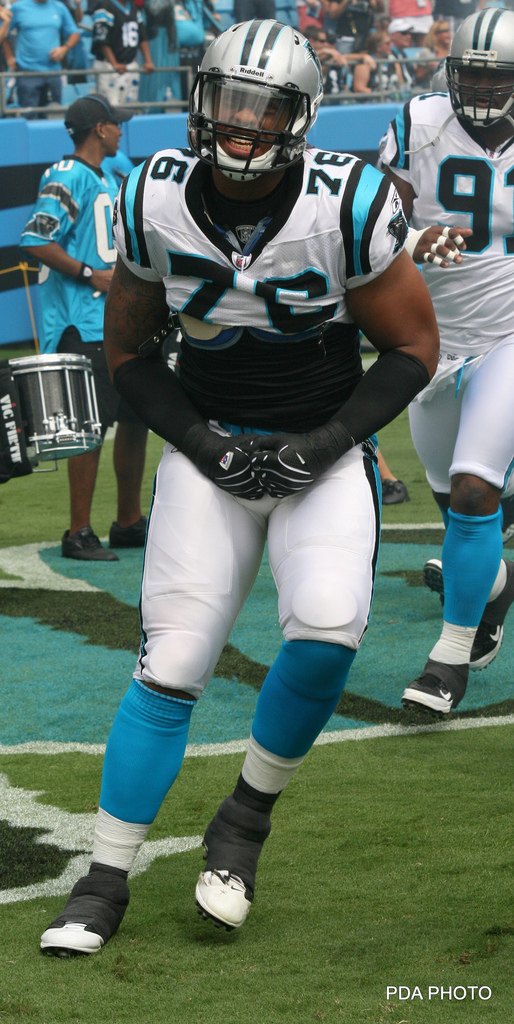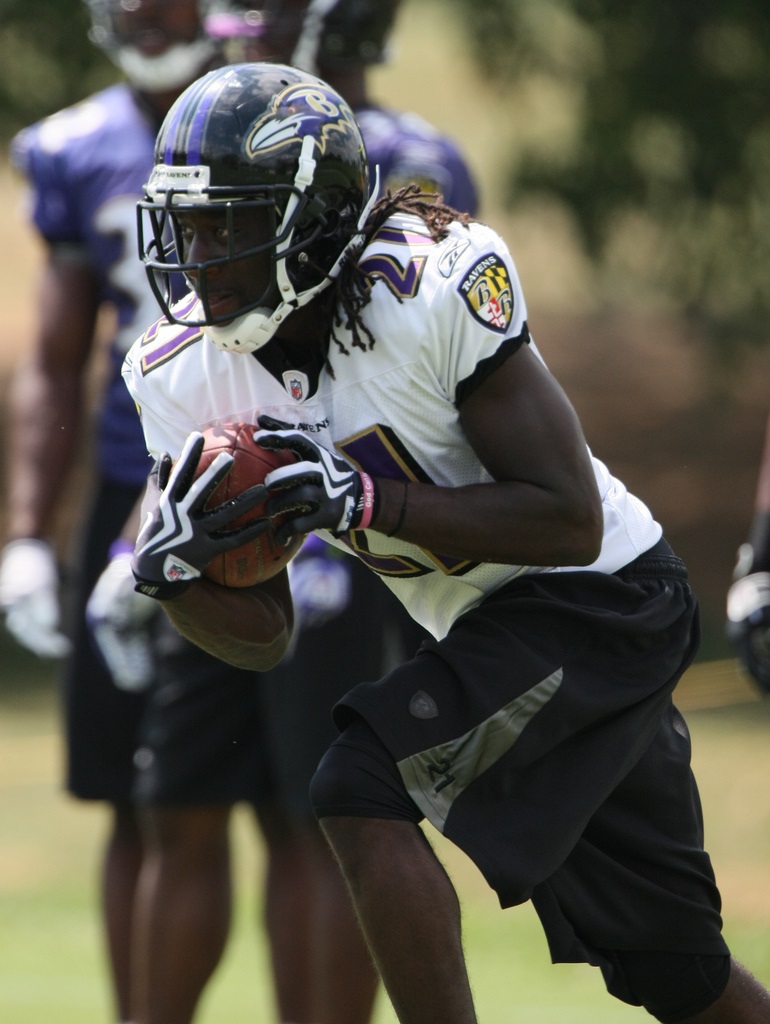
One of the most common questions I get from new readers is What did you think about [insert player name here] before [NFL team] drafted him? For the next month, I’m posting scouting reports and/or thoughts on some of my bigger hits, misses, and lingering questions when it comes to the past eight years of evaluating rookies for the Rookie Scouting Portfolio. I’ll also include the lessons I learned – or am still learning – from the experience of evaluating these players.
Setting Can Make All The Difference
“[Calvin] Johnson, is likely the next great all-purpose threat. Thomas’ talent is far more comparable to Plaxico Burress, who was a very good player once he developed, but not a great player.”
– 2010 Rookie Scouting Portfolio
I whiffed on Demaryius Thomas. If I was a running back and my take on the Broncos stud receiver was an attempt to pass protect for my readers, here’s a visual of what happened:
[youtube=http://www.youtube.com/watch?v=0F3scSsrNOY&start=104w=560&h=315]
All I can do is go back to the huddle, say I’m sorry, and work harder. I underestimated Thomas’ speed and relied too much on my analysis within the confines of the Georgia Tech offense. Setting can make all the difference when evaluating a player.
Those who missed big on Cam Newton only saw him as a read-option player. He has been stout in the pocket. Many wrote off Drew Brees as a system quarterback. Perhaps he was merely a great match in two different NFL systems and that’s it, but I’ll take what he’s been dishing to opponents for nearly a decade. And every small school player is “doing it against inferior competition.”
I missed on Thomas because I couldn’t look past the run-heavy system. I should have learned more about the defensive backs Thomas faced and noted the type of throws targeting the Yellow Jackets receiver. Pair these things with Thomas’ minor consistency issues as a pass catcher and it was a disastrous analysis of his potential.
I learned that I had to think about what aspects of the position are an easy or difficult fix for coaches when they work with prospects. Accounting for the development curve – especially in an unusual offensive setting is necessary.
Thomas’ workout times before his foot injury should have also been an indicator me to double-check my work. Whenever a player demonstrates something away from his usual setting that you didn’t see before, it’s likely there are flashes of that skill in his normal setting or a reason why that setting is hiding it.
Here’s my overrated/underrated section from the 2010 RSP (Overrated Underrated 2010). I wish I could say I missed on Thomas because it was my Georgia bias versus a Tech player, but despite graduating from the University of Georgia, working at the university for nearly seven years, and living in Athens for 19 of the past 20 years, I’m barely more than a casual fan. The jury is still out on Jacoby Ford – who is also “overrated” here. However, if I were to judge Ford solely on his limited time in an NFL lineup, I’d say I was wrong there, too.
In fact, I’ve never been to a Georgia game. I’m not sure that’s going to happen, either. Watching games is a different experience for me now and the importance of setting is paramount.
For analysis of skill players in this year’s draft class, download the 2013 Rookie Scouting Portfolio available now. Better yet, if you’re a fantasy owner the 56-page Post-Draft Add-on comes with the 2013 RSP at no additional charge and available for download within a week after the NFL Draft. Best, yet, 10 percent of every sale is donated to Darkness to Light to combat sexual abuse. You can purchase past editions of the Rookie Scouting Portfolio for just $9.95 apiece.


